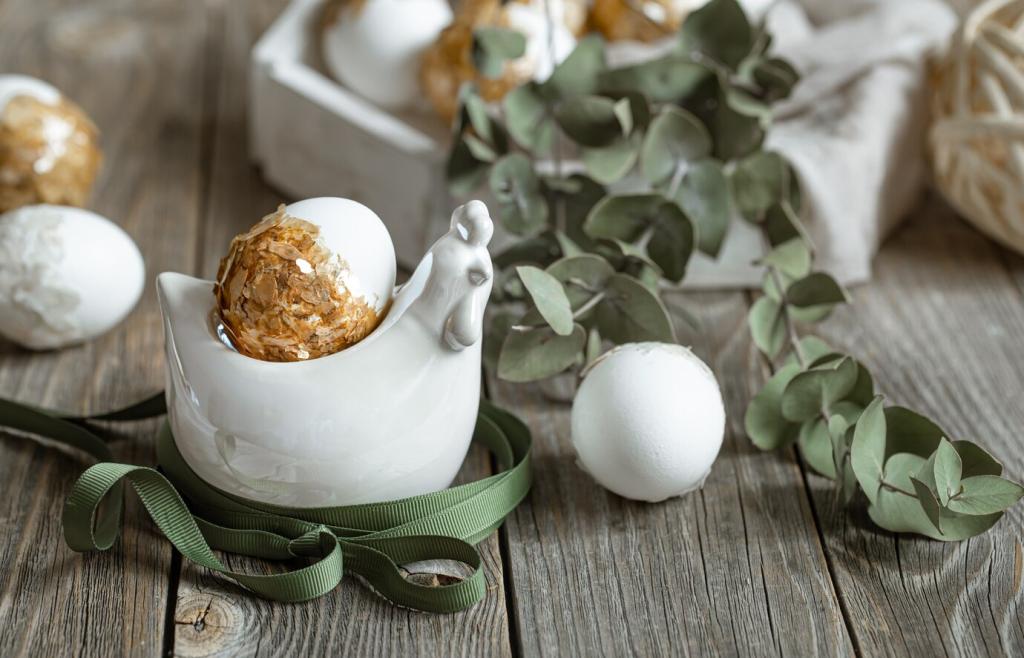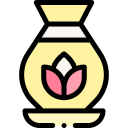Traditional Home Decor Elements and Their Cultural Meanings
Understanding the art and symbolism embedded in traditional home decor brings depth and meaning to the way we design our living environments. Across the world, cultures have imbued everyday items and architectural styles with hidden stories, beliefs, and aspirations. From colors and patterns to materials and motifs, every detail carries significance that shapes the spirit and ambiance of a home. This exploration delves into timeless decor elements and their profound cultural meanings, enriching our appreciation for heritage and artistry in domestic spaces.

Persian Carpets
Persian carpets are more than just floor coverings; they are masterpieces that encapsulate centuries of artistic tradition and cultural symbolism. Crafted by skilled artisans, each motif—from geometric patterns to elaborate floral designs—represents stories or philosophies unique to different regions of Iran. The colors themselves have cultural importance: red often symbolizes happiness and joy, while blue signifies tranquility and spirituality. Families often pass down these carpets across generations, making them emblematic of heritage, stability, and familial connection.
Japanese Futon and Noren
The Japanese futon and noren (traditional fabric dividers) reflect a philosophy centered on simplicity, harmony, and respect for nature. A futon rolled out nightly on tatami mats demonstrates the value of adaptability and minimalism prevalent in Japanese culture. Meanwhile, noren, adorned with family crests or symbolic motifs, serve both as functional partitions and as silent narrators of family identity and hospitality. Both elements balance aesthetics with practicality, revealing the cultural inclination toward mindfulness and seasonal adaptability in home environments.
West African Kente Cloth
Kente cloth, originating from the Ashanti people of Ghana, is a vibrant symbol woven with deep cultural meanings. Each color and pattern in a Kente textile tells a story—yellow reflects royalty, green represents growth, and black pays homage to spiritual strength and maturity. Often used during major life events, Kente cloth in home decor signifies pride, heritage, and a connection to ancestral traditions. Its presence in households extends beyond mere ornamentation, echoing the values of unity, respect, and continuity that underpin West African societies.
Previous
Next
Materials and Craftsmanship
Hand-carved wooden furnishings are prized in many cultures for their warmth, elegance, and the unique stories that each piece carries. In Scandinavian design, wood is cherished for its connection to nature and its role in bringing the outdoors in, promoting a peaceful and restorative environment. In Southeast Asia, intricate carvings may depict mythological creatures, ancestral legends, or blessings, embedding protection and prosperity into household items. The natural grain of the wood, shaped lovingly by hand, speaks of patience, artistry, and reverence for nature.
Color and Motif Symbolism

Chinese Red and Gold
In Chinese culture, the use of red and gold is prevalent in both everyday decor and special celebrations. Red is lauded as the ultimate color of luck, happiness, and protection, frequently used to ward off evil spirits and bring about success. Gold complements red, symbolizing wealth, prosperity, and status. These colors adorn everything from wall hangings to tableware, enveloping homes in auspicious energy. The motifs—such as dragons, phoenixes, or peonies—further reinforce themes of longevity, harmony, and fortune, making these spaces both visually striking and deeply meaningful.

Mediterranean Blue and White
The iconic blue and white palette found in Mediterranean homes, especially in Greece and coastal Turkey, is synonymous with serenity and protection. Blue is believed to repel misfortune and the “evil eye,” while white symbolizes purity, clarity, and openness. Together, these colors reflect the proximity of sea and sky, infusing interiors with a calming, expansive quality. Repeated motifs, such as waves, fish, or olive branches, add further symbolic layers linked to abundance, resilience, and a connection with the natural world.

Indian Paisley Motifs
Paisley, or “boteh,” motifs have been a decorative staple in Indian home decor for centuries. The teardrop-shaped design, often rendered in vibrant colors, has Persian origins but has been seamlessly woven into Indian cultural identity. Symbolizing fertility, life, and spiritual growth, paisley motifs frequently appear in textiles, wallpaper, and art throughout traditional Indian homes. Their presence not only enhances visual richness but also conveys blessings of abundance, optimism, and harmony to all who dwell within.
